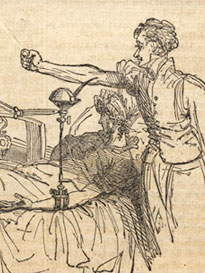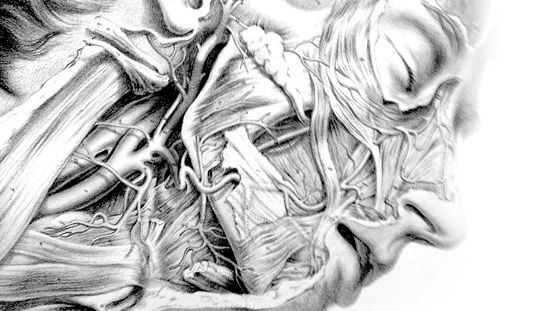
Illustration from The anatomy of the arteries of the human body, with its applications to pathology and operative surgery, 1844
On a dark and stormy night in 1816, Mary Shelley began writing a story that posed profound questions about individual and societal responsibility for other people...Continue to Introduction
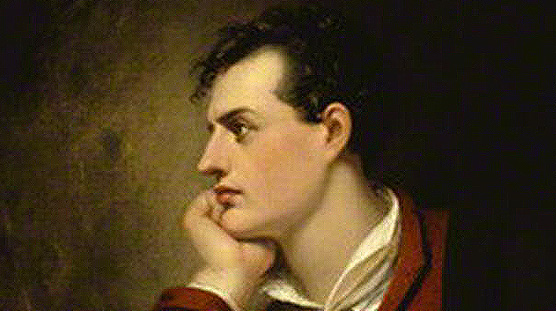
George Gordon, 6th Lord Byron, 1813
In 1816, Mary Godwin and her lover, the poet Percy Bysshe Shelley (whom she married later that year), summered in Switzerland near the shores of Lake Geneva. Together they visited with Lord Byron, who was staying in a villa nearby, where they avidly discussed literature, politics, and science. One night, Byron suggested that they take part in a competition to write a terrifying tale...Continue to The Birth of Frankenstein
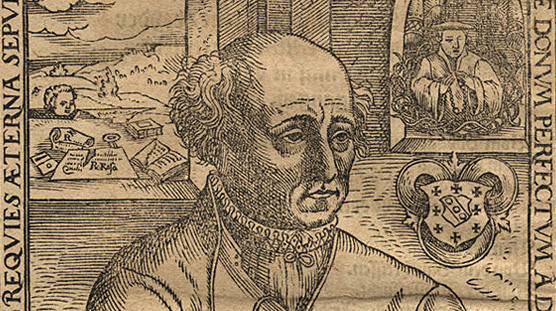
Theophrastus Paracelsus, 1541
The literary life attracted Mary Shelley from an early age. Her education stressed the development of the imagination; she was introduced to great works of literature, history, and mythology, and studied French and Latin. Her father’s London home attracted writers Samuel Taylor Coleridge and Charles and Mary Lamb, American politician Aaron Burr, chemist Humphry Davy, poet and physician...Continue to An Extraordinary Life
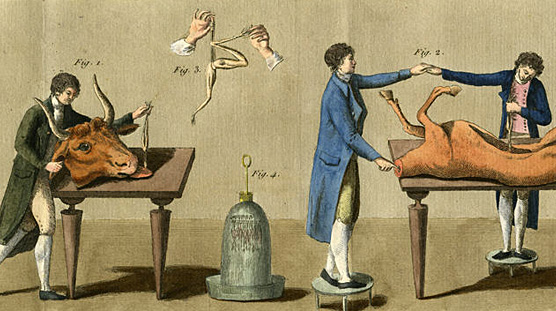
Essai Théorique et Expérimentale sur le Galvanisme, 1804
Mary Shelley’s Frankenstein reflected the interest of early 19th-century physicians and natural philosophers in human dissection and experiments on animals, as they explored the possibilities for generating life, resuscitating the drowned and the newly dead, and reanimating dead tissue using electricity. These researchers sought to benefit humankind and to end death and disease...Continue to Boundary Crossing / 1818
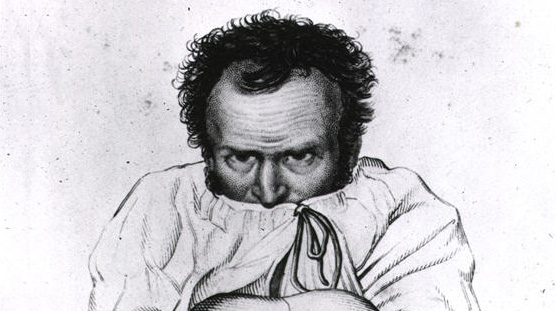
Aliéné en démence from Des maladies mentales considérées sous les rapports médicale, hygiénique et médico-légal (Demented lunatic from Medical illnesses as considered in medical, hygienic, and medico-legal perspectives), 1838
From its first appearance in 1818, Mary Shelley’s Frankenstein both fascinated and repelled audiences. Her story, moreover, attracted other creative artists, who freely adapted the novel for audiences in England, America, and Europe...Continue to Transformation of a Monster
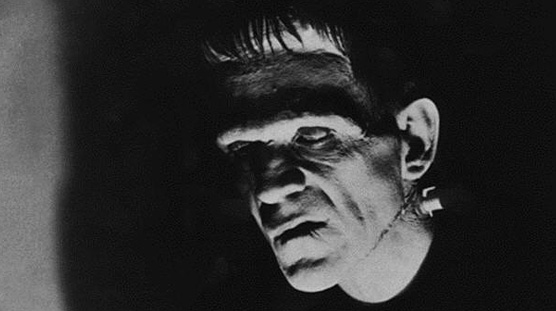
Boris Karloff as the Monster in Frankenstein, 1931
The myth of Frankenstein continues to resonate into and beyond the 20th century as science and technology gain ascendancy in American social and cultural life. Although many individuals welcome the changes caused by scientific advances, some worry about society’s ability to retain control of technologies that challenge their understanding of what it means to be human. Mary...Continue to Boundary Crossing / 1931










